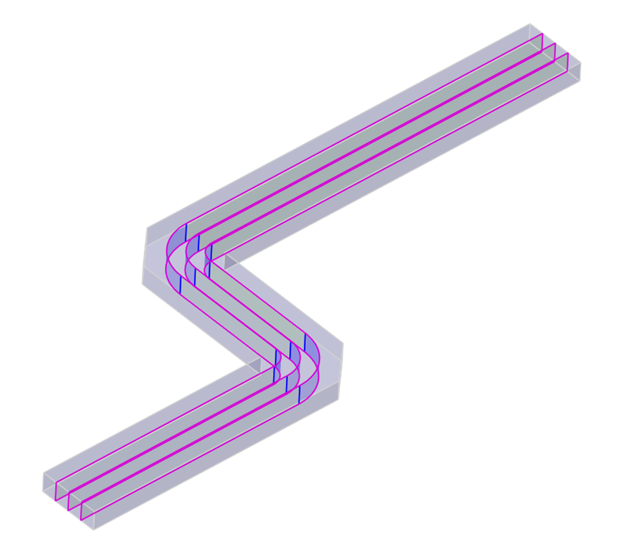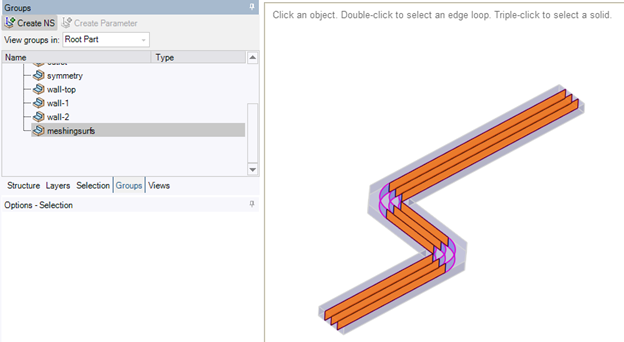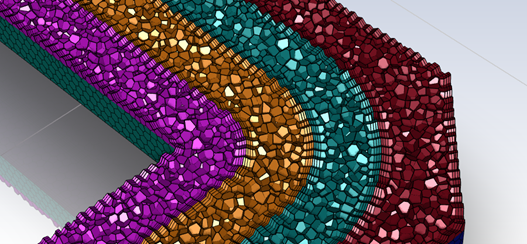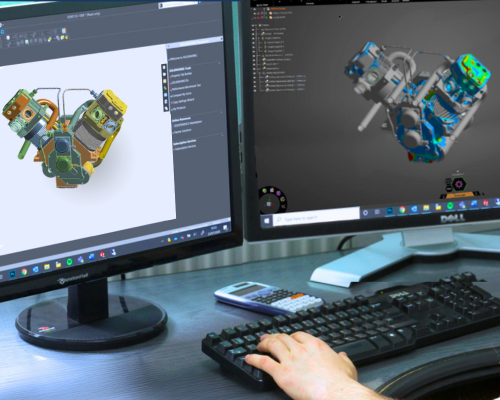What is Bring Your Own License (BYOL)?
Bring Your Own License (BYOL) is a feature of Ansys Cloud Direct which allows you to use on-premises licenses in place of Ansys Elastic Credits (AECs) for the software cost of a Cloud Direct job.
What does BYOL do?
Without BYOL, the software cost of a Cloud job is covered by AECs, consumed over time during the job to cover the licenses checkouts that would otherwise occur. The rate of AEC consumption is dependent on which licenses are required to perform the job – see the rate tables here: https://www.ansys.com/legal/terms-and-conditions/elastic-licensing-terms
In addition to the software cost, the hardware cost of the Cloud job can be covered by either AECs or AHCs, Ansys Hardware Credits. The only difference between AHCs and AECs are that AHCs can only be used to cover the hardware cost, so they cannot be used for the software portion. The hardware rates are the same for both but are dependent on region and requested hardware configuration (also listed in the link above). BYOL does not interact with the hardware cost of a Cloud job, so this article won’t go any deeper on the hardware costs of Ansys Cloud.
If you have any questions about the details of AEC purchasing or consumption rates, please contact sales@drd.com.
Why use BYOL? Who should be interested?
BYOL is most attractive to customers who already run Ansys locally on-site with licenses they own or lease, but want to access the power and flexibility of the hardware available with Ansys Cloud while still utilizing the licenses they have already purchased. This can substantially reduce overall AEC consumption by covering some or all of the software cost for a given Cloud job. The remaining cost will be for the hardware and any licenses not owned or available to bring to Cloud.
A common example would be existing users who want to tackle problems which are numerically larger than is feasible or possible with their on-site computing environment. However, this need might be periodic or intermittent and so a long-term investment in hardware is harder to justify, but the work still needs to be done. In this way, Cloud provides increased hardware capability on-demand – the concept of “bursting to the Cloud”. Since this user would be using their existing licenses were they to run locally (and is used to operating that way), it makes sense that they’d want to use those same licenses on Cloud rather than incurring some extra AEC cost. This is exactly what BYOL provides.
Consider this job: a solve on 1 full node (60 cores) from the HB configuration in the US East region, using a CFD Solver license (plus required HPC), and lasting 6 hours. Using the AEC consumption rates at the time of writing this article, the software cost will be 204 AEC and the hardware 21 AEC. That’s a cost of 225 AECs without BYOL, but only 21 AEC if the job can check out the appropriate CFD and HPC licenses through BYOL instead – a reduction of more than 90% in this case!
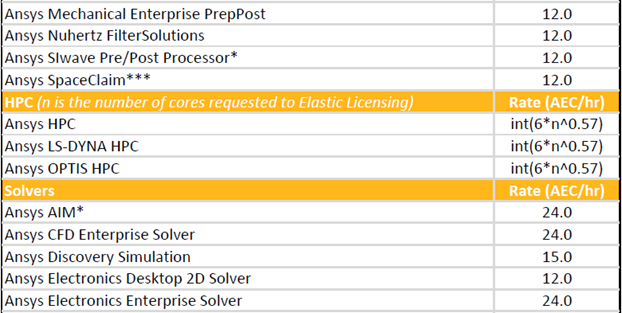

Some example AEC consumption rates at the time of writing this article: note how on average, the software rate is multiple times that of the hardware rate per node – meaning that BYOL can dramatically reduce AEC usage!
Be aware that since BYOL has Cloud check out licenses from the local license server, it alone does not provide extra licensing “bandwidth”. However, BYOL can be used in conjunction with using AECs to cover software costs (as the Cloud job will “rollover” to using AECs automatically if licenses are not available on the license server to cover Cloud’s requests).
Requirements of BYOL and network security implications
BYOL first requires 1.) owning or leasing Ansys licenses and 2.) having an Ansys Cloud subscription (along with some amount of AECs or AHCs). BYOL does not require any additional product to be purchased, any add-on to Cloud to be switched on, or any extra software to be installed. However, BYOL does come with some very specific network/security considerations, so it’s important to understand these. We will also present some possible examples of accommodating these needs, though the specific way that your company implements a solution may vary, dependent on network configuration and security policies.
The most important technical aspect of BYOL to recognize is that the Ansys hardware running on Cloud will be making its licensing requests to your license server. That is, network communication will be initiated from outside your network and will need to reach the computer where you host your Ansys licenses. For many organizations, this means that they will need to change their license server setup to accommodate BYOL, since letting a foreign computer connect to a machine within your secure network will never be palatable, even with IP/port forwarding mitigating some of the risk.
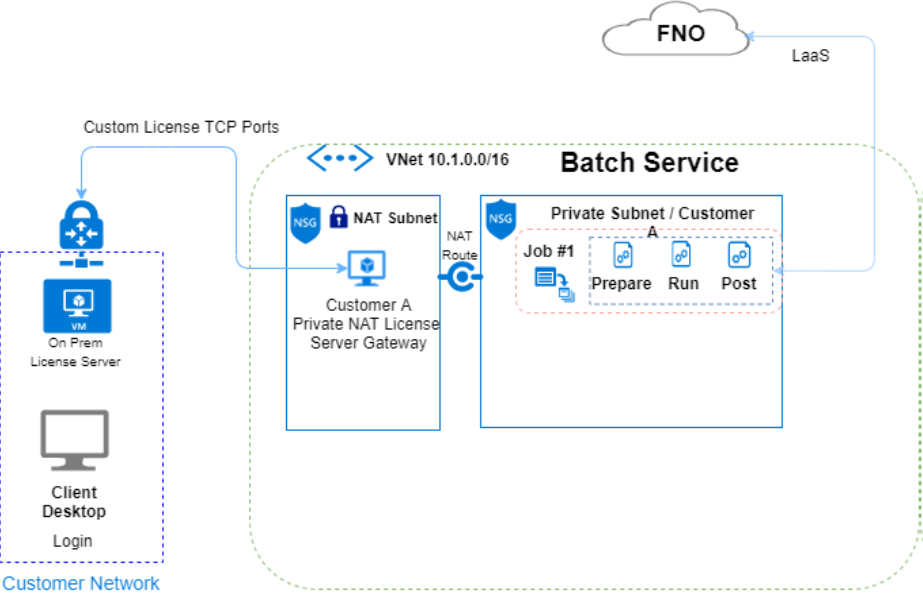
Note the incoming arrow pointing at the on-prem license server, coming from the “Batch Service” which represents all the remote Ansys Cloud components. The padlock represents the IP forwarding and firewall rules which ensure that the request from a known, static IP on Cloud can be forwarded to the license server.
Understanding BYOL from a technical standpoint
For the best source of technical details of implementing BYOL (including how it functions with IP forwarding), please refer to the Ansys Cloud Guide, found here: https://cloud.ansys.com/pdf/help. (Access to this page requires an account with an active Cloud subscription.) The chapter “Bring Your Own License (BYOL)” near the end covers some background of how BYOL works as well as detailed instructions on setting it up and testing it.
Especially note the sections “Prerequisites for IP Forwarding” and “Ensure Firewall Access” for network configuration information.
Possible solutions to accommodate BYOL
With the fact that Cloud hardware will need to initiate a connection to your license server in mind, many customers may opt to change their licensing configuration to accommodate BYOL. One possible solution would to be move the license server itself to some cloud solution. Since the license server is no longer within your network, nothing there needs to change with regards to security. Users on-site can send outgoing license requests from their computers running Ansys to this Cloud license manager, as can the Ansys Cloud hardware. There is no proprietary data on this Cloud-hosted license server, as its sole purpose is to serve Ansys licenses, so it offers little to no risk if compromised.
Another possible solution would be to use a network DMZ. This has the benefit of having the license server be a machine on-site, still managed by like other owned systems, but “compartmentalized” to a degree from a network/security standpoint.
DRD support engineers are not experts on network security, and we don’t offer any services to configure or manage customers’ networks for them. However, we’re more than happy to work with the group that handles network security for our customers, filling them in on the technical details of Ansys Cloud and BYOL specifically as needed.



